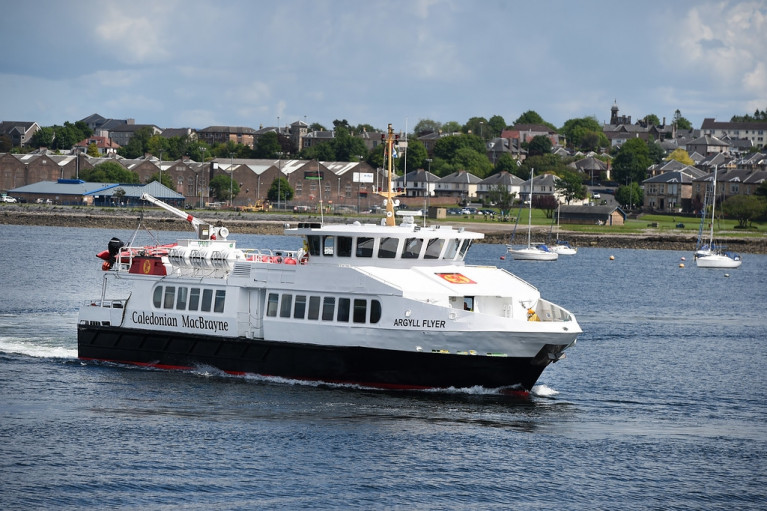Displaying items by tag: Infection Accolade
Operator CalMac is First in the UK to Receive Infection Control Accolade
Caledonian MacBrayne (CalMac) is the first ferry firm in the UK to receive a top industry verification for its infection risk management processes.
The operator of Scotland's lifeline services to west coast islands has been found compliant to a high standard for infection risk management, earning the right to use DNV GL's prestigious My Care Readiness Mark.
CalMac's HSQE team worked closely with independent third party risk management and quality assurance experts DNV GL, which has completed a verification assessment of the readiness of the organisation in managing infection risk from emerging pathogens.
All processes were reviewed using the My Care framework, which assesses, manages and mitigates infection risk in management systems, business processes and operations. This was carried out through document review, remote discussions with onboard management teams, and included eight site visits.
Louis de Wolff, Director of HSQE at CalMac, said: "The My Care Readiness Mark provides formal recognition of the high standards of health and safety protection on our routes to reduce the risk of infection.
"This award reaffirms our commitment to ensuring a safe environment for passengers, colleagues and communities, during the current COVID pandemic and beyond.
"The review process was in-depth and rigorous, and I am grateful to CalMac staff for their open and honest insight into our processes and how they are implemented across the organisation."
Aileen Orr, Healthcare Lead at DNV GL - Business Assurance in the UK, said, "Many congratulations to CalMac on this achievement, which is well deserved. I was impressed with the enthusiasm and commitment of staff at all levels."






























































